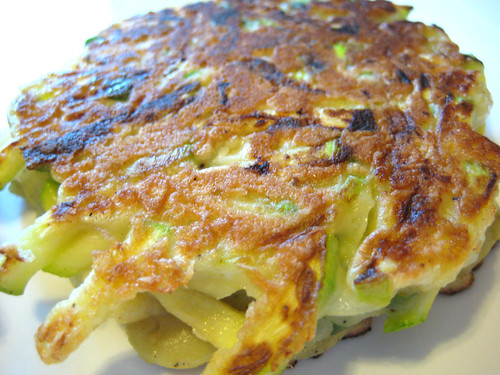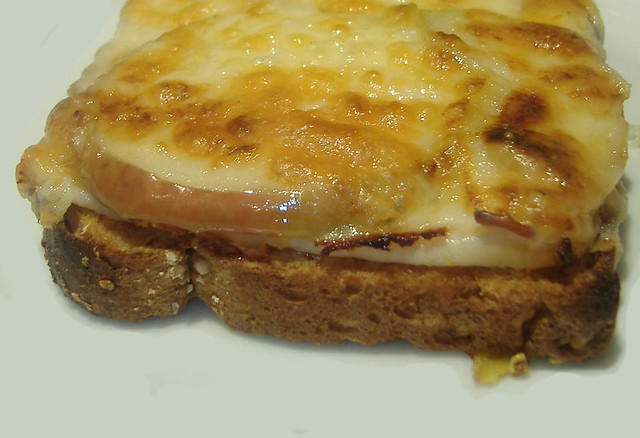You may not suspect it, but one of my hobbies is collecting and reading old etiquette books. It started sometime during late elementary years or early junior high when I was very sick in bed and running out of books to read. It seemed the only books in our house I had not read were on top of my mom's pump organ which belonged to her collection of antiques. There I came upon an etiquette book published sometime around 1920. I read it and loved it. I had always loved old things and learning about bygone eras, and reading about etiquette gave a glimpse into past times unlike anything else. I now have etiquette books of my own. Copies of two books on my iPod dating from sometime around the Civil War, one by Amy Vanderbilt from the 1950s and I hope to accumulate more.
It seems that for the most part many of the old protocols of etiquette have long left our society, either out dated or forgotten. However, you may be surprised to learn that some etiquette may help improve your health.
Breaking Bread
Etiquette dictates that bread should be broken, not cut, and buttered one bite at a time. Common practice often involves slicing a roll in half, buttering both sides, putting it back together and eating it like a sandwich.
How Etiquette Helps: Anyone who has been to Olive Garden, Texas Roadhouse, or any Mormon function with baskets of homemade rolls knows how easy it is to down several rolls or breadsticks in one sitting. I can inhale a basket Texas Roadhouse rolls! Breaking bread off one piece at a time slows you down. It takes just a little more time and effort, giving you a chance to realize you are full before you've eaten the whole basket. Buttering one piece at a time can help you use less butter. Slathering butter on a whole roll makes it easier to over do the butter. If you are buttering once piece you are more likely to go a little lighter on the butter.
Salting
All etiquette books state that salting a dish before you have tasted is inconsiderate to the cook who has gone great lengths to create a well seasoned dish. However, many times people salt dishes out of habit more than anything else, never even tasting to see if salt is needed.
How Etiquette Helps: The typical American diet is very high in salt, with the average intake often being more than double what is recommended. This can cause high blood pressure which can lead to heart and kidney problems, both of which are issues in the United States today. Waiting to salt food can help decrease your salt intake and help prevent these issues.
Cutting Meat
Meat is to be cut one or up to three bites at a time, no more. It is to be cut slowly, deliberately, gently and then chewed completely before being swallowed. None of this cutting a whole chicken breast at once and then gobbling it down or frantically sawing with a knife or, worse yet, the side of your fork.
How Etiquette Helps: Once again, as with the bread, cutting slowly and chewing completely helps you slow down and taste your food. Chewing the meat also helps it digest. It also reduces the risk of knocking the meat off your plate during the frantic saw.
These are just a few of the ways that taking time to observe etiquette can help you improve your health.
I am excited to gain the health and poise that can come from days gone by, but as LeVar would say on Reading Rainbow, "But you don't have to take my word for it!" Go try out a book of etiquette for yourself!
Monday, May 21, 2012
Tuesday, May 15, 2012
Southwest Salad
I know this is not an original concept or anything unique, but I have loved this salad. It started out as a throw-together-whatever-we-have salad and has ended up a family favorite. Sorry the ingredients aren't very specific. I usually don't cook with recipes, I cook with pictures (which could explain the lack of recipes on our recipe blog...).
Ingredients
1-2 TBS olive oil
1-2 large peppers or 4-5 small peppers (red, yellow, orange)
1/2-1 cup frozen corn
1 can black beans, rinsed and drained
1 head green leaf lettuce, rinsed, dried and shredded
1/4 cup fresh mozzarella, diced
1/4-1/3 cup low fat ranch dressing
Directions
1. Sauté onion, peppers, and garlic in olive oil until peppers begin to become tender.
2. Add rinsed black beans, frozen corn, and taco seasoning and sauté until warmed through.
3. Place lettuce, ranch, and mozzarella in large bowl.
4. Add bean, pepper and corn mixture to lettuce. Bean mixture can either be added warm, room temperature, or cold, as is your preference.
5. Toss salad and serve.
Very quick and easy, delicious, low fat, good protein, dinner great for summer.
Ingredients
1-2 TBS olive oil
1-2 large peppers or 4-5 small peppers (red, yellow, orange)
2-3 cloves minced garlic
1 small onion, chopped or sliced
1-2 TBS taco seasoning
1/2-1 cup frozen corn
1 can black beans, rinsed and drained
1 head green leaf lettuce, rinsed, dried and shredded
1/4 cup fresh mozzarella, diced
1/4-1/3 cup low fat ranch dressing
Directions
1. Sauté onion, peppers, and garlic in olive oil until peppers begin to become tender.
2. Add rinsed black beans, frozen corn, and taco seasoning and sauté until warmed through.
3. Place lettuce, ranch, and mozzarella in large bowl.
4. Add bean, pepper and corn mixture to lettuce. Bean mixture can either be added warm, room temperature, or cold, as is your preference.
5. Toss salad and serve.
Very quick and easy, delicious, low fat, good protein, dinner great for summer.
Sunday, May 6, 2012
Healthy Snack Ideas
I've been trying trying to revamp some of my eating habits. I maybe a dietetics graduate, but between class, wedding/newlywed and internship obligations I've gotten lazy with my diet. Here are some of my new and improved healthy snack ideas:
- Crasins (1/3 cup is about 130 kcals if I remember correctly, but oh so worth it)
- Pistachios (a low fat nut which makes it a better option that most other nuts and the shell makes you work for it)
- Slice whole wheat bread with butter or homemade jam (helps increase dietary fiber)
- Watermelon (low calorie and great taste)
- Banana with peanut butter (watch for added sugars and oils which add calories to peanut butter)
- Apple (sprinkle with cinnamon to spice it up)
- Low-fat yogurt with fruit (watch out for fat and sugar in yogurt, they taste great but adds lots of calories)
- Salad (I recently used guacamole as dressing, which I really loved)
- Celery, peanut butter and crasins (can you tell crasins are my favorite food?)
- Avocado and whole wheat toast
- Chips and salsa (add black beans for protein)
- Small bowl oatmeal with apples and crasins :) (another great way to get fiber!)
- Zucchini pancakes (I haven't done this in a long time, but it was a favorite as a kid)
- Baked sweet potato fries (season salty, with herbs, pepper, cinnamon, garlic, the list is endless, and they're so easy to make!)
- Home dried fruit leather (we just got a dryer thanks my mother-in-law!)
- Cold cereal (watch for lots of sugar, but high fiber cereal is a great snack)
- Cucumbers in oil/vinegar mix with salt and pepper
- Air popped pop corn (try seasoning with herbs for low salt option)
- Whole wheat muffins (I like apple cinnamon muffins or mango muffins best)
- Cucumber sandwich (use low fat cream cheese herb spread with cucumber slices on bread)
- Broiled apple cheese sandwich



*Note from a dietitian*
Something interesting I learned at the Food and Nutrition Conference and Expo this fall was it is a good idea to have fruits/vegetables, carbohydrates, and some type of fat/protein in a snack. Here is why:

- If you eat all fruits or vegetables it often aren't as satisfying by themselves (think plain broccoli), so at the end of your snack you will probably not be full and crave something else.
- If you eat carbohydrates, like crackers, chips, and bread you will eat a lot more to get full, therefore you will eat more calories if your snack is just carbohydrates.
- If you eat just fat and protein like lunchmeat, cheese, or nuts you will get a lot more calories in a very small serving size. Fat have 9 calories per gram versus carbohydrates which have 4 calories per gram.
- If you eat a combination of fruits/vegetables, carbohydrates, and fats/proteins in your snack you will actually be the most satisfied and full with less calories. In other words, your snack will fill you up, satisfy your cravings, and be a lower calorie option than eating just carbohydrates or or fat/protein. An example is the broiled apple cheese open faced sandwich.
Some snack ideas that should be used sparingly are:
- Smoothies (have a lot of calories and usually aren't very filling)
- Crackers (often high fat I've found)
- Granola and granola bars (lots of fat and sugar)
- Juice (lots of calories, often has lots of sugar, and no filling fiber found in regular fruit)
- Dried fruit (has more calories per ounce than regular fruit and added sugar)
- Nuts/trail mix (usually have lots of fat, even though it is the good type it does add calories)
- Fruit snacks (lets be honest, its gelatin and flavoring, not fruit)
- Jello (if you do snack on jello have the 0 calorie or low calorie type)
One thing to remember about snacks is it is a good idea to schedule them. Eating regularly scheduled, sit down meals, including snacks, helps you regulate your intake because you don't get over hungry. Schedule a snack, and if you aren't hungry, don't eat it, but if you are you have something planned and on hand.
Subscribe to:
Posts (Atom)




